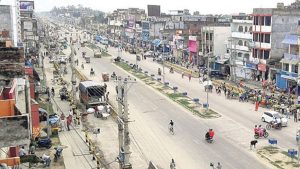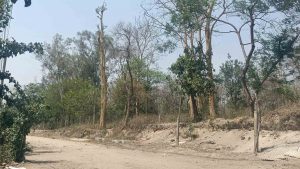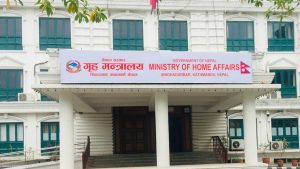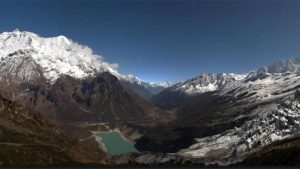
Rhino Conservation Efforts Intensify: Two Male Rhinos Translocated in Chitwan

In a bid to manage rhino populations and mitigate human-wildlife conflicts, Chitwan National Park has successfully translocated two male rhinos from the western to the eastern region of the park.
The first rhino, estimated to be around 17 years old, was relocated from the vicinity of Divyapuri post in Nawalparasi to the interior of the Kuchkuche area in the eastern region of the park. Information officer of the park, Ganesh Prasad Tiwari, confirmed that the rhino was captured from the Divya Buffer Community Forest and released across the Rapti River.
Subsequently, a 28-year-old male rhino from the Kawasoti area of Nawalpur was transported to the eastern region and released in Kasara. This rhino, known for frequenting human settlements and causing disturbances, was relocated to minimize conflicts.
With the increasing rhino population in the western part of the park, internal translocations aim to redistribute the rhino population and reduce pressure on habitats.
A team of 60 human resources, including elephants, elephant mahouts, technical personnel, park staff, and Nepali army personnel, was mobilized for the successful relocation efforts. The park authorities are now preparing to transfer six more rhinos internally, focusing on individuals over eight years old.
Nepal’s rhino population stands at 752, with the majority residing in Chitwan National Park (694 rhinos), followed by Bardiya National Park (38 rhinos), Shuklaphanta National Park (17 rhinos), and Parsa National Park (three rhinos).
These translocation initiatives underscore Nepal’s commitment to rhino conservation and ecosystem management, ensuring the long-term survival of this iconic species while fostering harmony between wildlife and local communities.














Comments